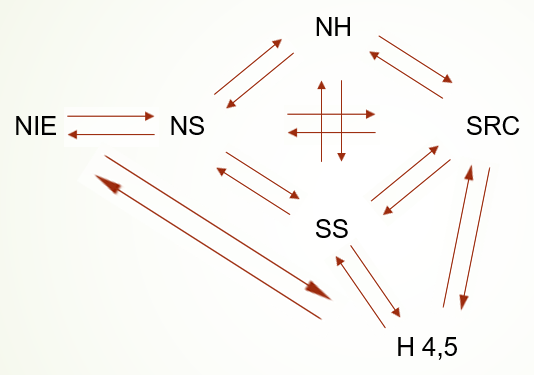What is the best 3-D model to simulate the flow of items both ways simultaneously?
The model should be similar to people walking on the pavement whereby they can pass each other, with a limit of people on the pavement to be set (ie sum of people moving in both direction, assuming speed does not change with the number of people) where they would wait if the limit is reached.
I've tried processor but it could only replicate the flow of items in one direction but not both. The reason why I couldn't proceed with this having 2 process list to simulate both direction is because there is 6 different sources with movement in between them and they would pass other sources (places) which will add on to the limit of the processor as well and couldn't be ignored (road).
The travel node network would not work as there are many executers to set and they would arrive and move at random intervals. Currently the model should assume enough executers for items (everyone) arriving which would means too many executers to be placed in each nodes and they would move differently at each nodes.

